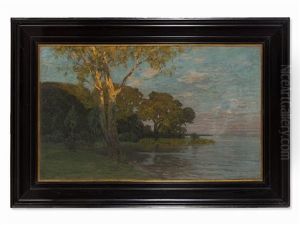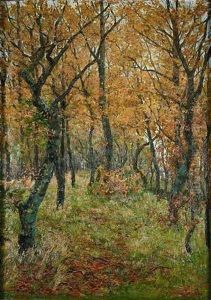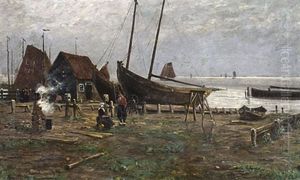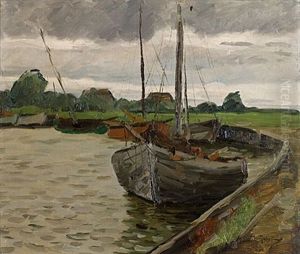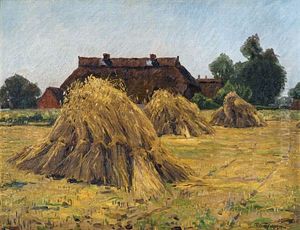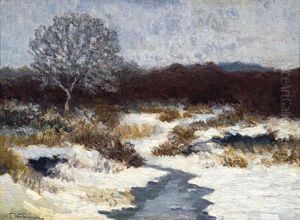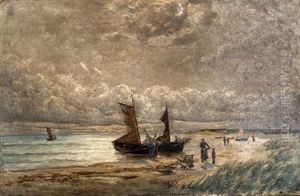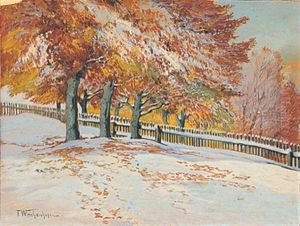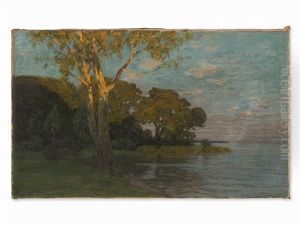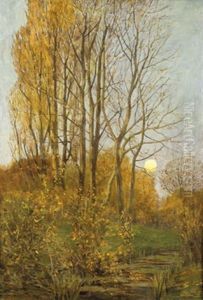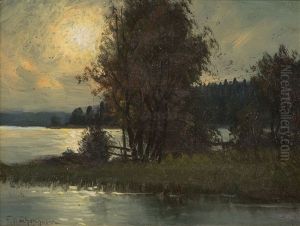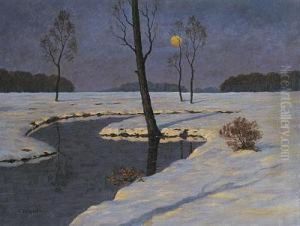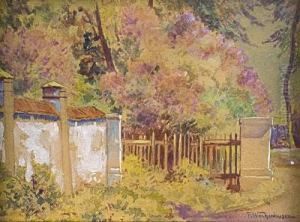Friedrich Wachenhusen Paintings
Friedrich Wachenhusen was a German landscape painter born on March 25, 1859, in Pomerania, which was then part of the Kingdom of Prussia. He is recognized for his ability to capture the mood and atmosphere of the landscapes he painted, often depicting the northern German countryside.
Wachenhusen received his artistic training at the Berlin Academy of Arts, where he was influenced by the teachings of prominent artists of the time. His style was rooted in the Romantic tradition, which often emphasized the emotional and picturesque aspects of nature. He was particularly adept at rendering the effects of light and atmosphere, which added a lyrical quality to his landscapes.
Throughout his career, Wachenhusen traveled extensively within Germany, drawing inspiration from the diverse natural scenery. His works often featured the forests, rivers, and rural areas of the German landscape, imbued with a sense of tranquility and natural beauty. Although he was a contemporary of the Impressionists, Wachenhusen maintained a more traditional approach to painting, focusing on carefully composed scenes and a naturalistic color palette.
Wachenhusen's paintings were well-received during his lifetime, and he participated in numerous exhibitions. He was a member of various artistic societies and his work was collected by art enthusiasts in Germany and abroad. Despite the rise of new art movements in the early 20th century, Wachenhusen remained committed to his style, and his landscapes continued to find an audience.
Friedrich Wachenhusen passed away on December 14, 1925. While he may not be as widely known today as some of his contemporaries, his contributions to landscape painting continue to be appreciated by art historians and collectors. His works can be found in regional museums in Germany and in private collections. Wachenhusen's dedication to capturing the essence of the German landscape makes him a noteworthy figure in the canon of 19th-century European art.
